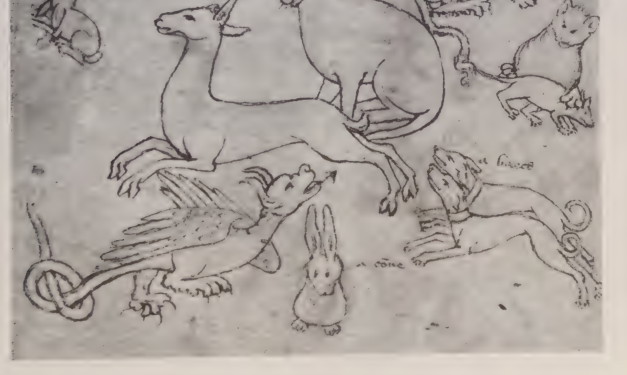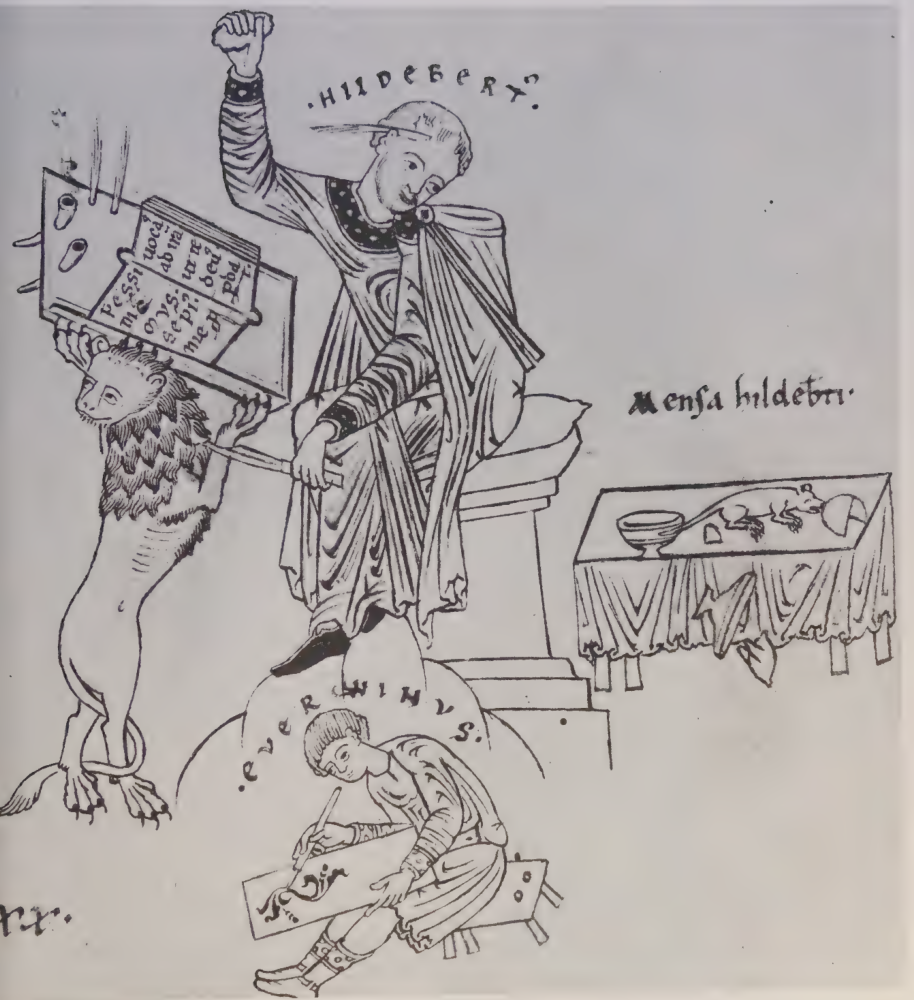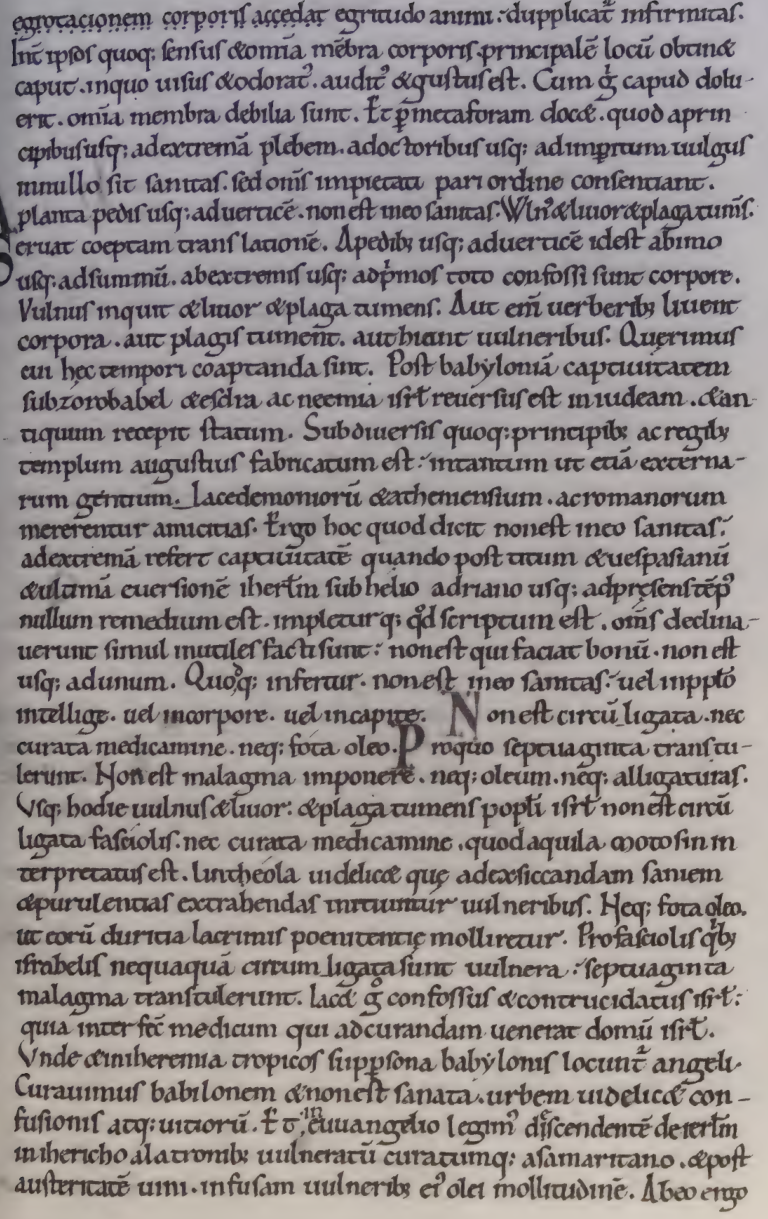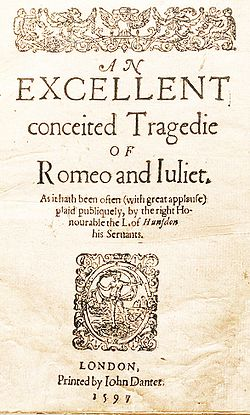created 2025-04-25, & modified, =this.modified
rel: Anathema! Medieval Scribes and the History of Book Curses by Marc Drogin
Reason I’m reading
I liked Anathema by Drogin, and it was a quick read so I’m carrying on. Writing can be intimate connection.
This is about how Medieval people wrote.
When I write in pen these days, it is often scratchy, ugly and without care.
Phoenician adapted sound symbols to create the world’s first alphabet, as shapes became simpler, looking less like their originating pictograms.
Three letters the Romans did not have were J, U, and W.
The used I in place of J, and since they lacked sound of V, it was represented with the sound of U. W was not needed. J was added less than five hundred years ago.
Romeo and IVLET
With all that in mind, while the title of the play in the First Folio reads “THE TRAGEDIE OF ROMEO AND IVLET”, the actor playing Romeo in 1600 would have pronounced the name of his star-crossed lover the same way we do.
The Middle Ages
Middles Ages were A.D. 400-1500, between the end of Roman Civilization and the Renaissance.
Wyvern - dragon with wings, two feet and a knotted tail.

Thought
Why is the tail knotted? I can’t go back in time to ask the artist why they depicted it like that. It resembles partially a snake.
Their tail is another distinctive feature, ending in either a diamond or arrow-shaped tip. Often drawn as a knot or turned in on itself, it carries a powerful sting which is fatal to humans
Through this I discover a new word nowed related to heraldry – twisted so as to form a knot; applied chiefly to serpents, and Attitude in Heraldry
Abecedarian - one learning the rudiments of something. Learning the alphabet.
Students in the middle ages practiced these, which contained all letters of the alphabet.
Trans zephyrique globum scandunt tua facta per axem,
Your fortunes rise across the earth and throughout the regions of the zephyr.
With a pointed stick, called a stylus, the monk would letter out an alphabet or write an abecedarian sentence by scratching it in the wax, and the student would then move the point of the stylus in the grooves of each letter, learning their shapes. If he had the time or the skill, the teacher might carve the letters on a wooden board so that the students could move their “pens” in the grooves.
ductus - the sequence of strokes, and directions of each.
The Scribes
Scribes performed their work in the writing room, the scriptorium.
The community ideals favored simplicity and considered comforts to be dangerous temptation, so the scriptorium was generally unheated with stool designed without restful backs, and no candles were allowed. Books were angled to catch the light, since candles would be possibly damaging.
Early monasteries were often in danger of attack, so what was valued most—particularly the books—was protected in fortresslike towers. Such bastions were topped with bells to ring out the different segments of the day in times of peace, and to sound the alarm when danger arose.
Illuminators
In the later Middle Ages, these tasks were often left to specialists: rubricators (from the Latin for red, refer- ring to the large red letters), and illuminators, who painted pictures or elaborate page borders, and whose use of gold was Said to light up or illuminate the page—hence their name.

Learning to Write
Thinking ahead was necessary.

In Roman Rustic there weren’t spaces between the words as they thought the spaces made the lettering less attractive.
Punctuation differed, scribes used : as a period, and S on its back as a question mark.
Secret messages:
A long thin piece of paper is wrapped around a broomstick handle. You can write a long message in straight lines right across the overlaps. When you take the paper off the broomstick, it looks like an angled strip covered with pieces of words. The recipient must know to wrap the paper around the stick, and how far you wrapped it.
- Roman Rustic
- Uncial
- Carolingian Minuscule
- Gothic

In Gothic Textura scripts, it was more important to be careful than quick. The idea was to make it work into a pattern.
